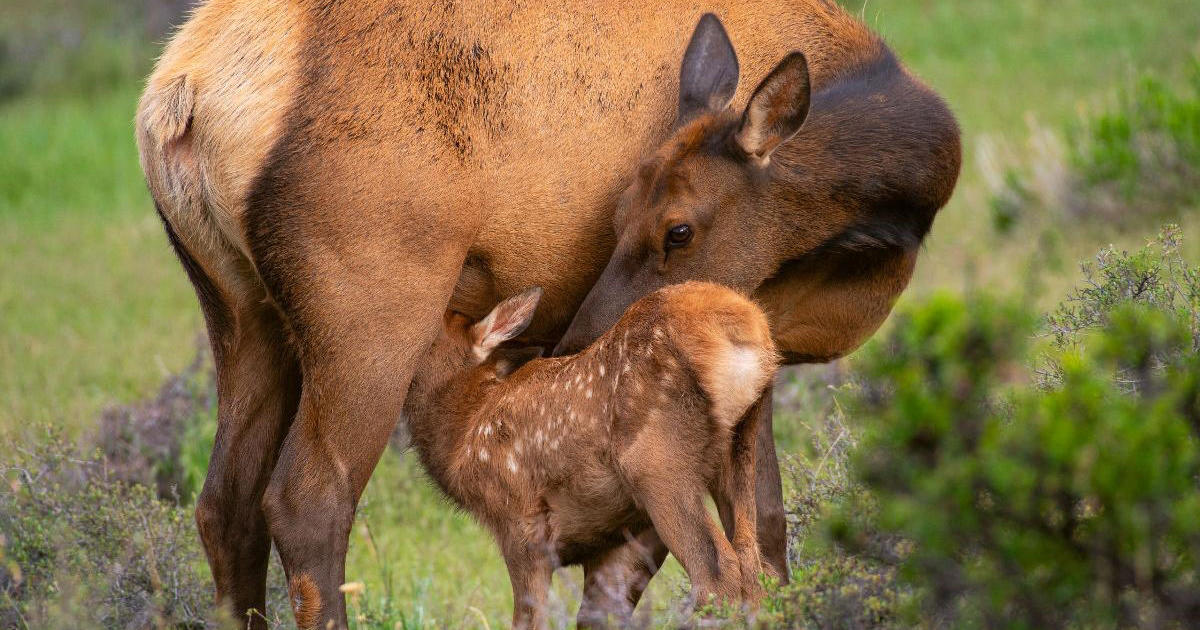Boulder One Of 14 U.S. Cities Chosen For National Study On Urban Heat Islands
DENVER (CBS4) - Extreme heat kills more Americans each year than any other weather event. As Earth's climate changes and our planet warms it is becoming more and more important to understand extreme heat and how it impacts people from place to place, since risk varies based on location. A temperature of 95 degrees in Boulder will feel much different than 95 degrees in Miami due to differences in relative humidity.
This summer researchers from NOAA and other agencies will partner along with citizen scientists to map the hottest parts of 14 cities around the United States. The U.S. communities chosen for the program include Boulder, Colorado; Clark County, Nevada, which includes Las Vegas; Columbia, South Carolina; Columbus, Ohio; Jacksonville, Florida; Knoxville and Nashville, Tennessee; Milwaukee, Wisconsin; Montgomery County, Maryland; Omaha, Nebraska; Spokane, Washington; Philadelphia; Brooklyn, New York and San Francisco. In addition, NOAA is working with local groups in Africa and Brazil on international campaigns in Freetown, Sierra Leone and Rio de Janeiro, Brazil.
In this study researchers will target urban heat islands, which are parts of a city that can be up to 20 degrees hotter than nearby neighborhoods. The urban heat island is usually centered on the most urbanized part of the city with the highest concentration of buildings, concrete and asphalt.
"Our nation faces a climate crisis that has exacerbated inequities for low-income communities and communities of color," said NOAA Administrator Rick Spinrad, Ph.D. "NOAA is helping communities measure their hottest places so that they can use this information to inform strategies to reduce the unhealthy and deadly effects of extreme heat and help us build a Climate Ready Nation."
Similar heat studies have taken place over the past five years. In those studies some of the data was collected by volunteer citizen scientists who had heat sensors mounted on their own cars or bikes.
To collect data they would traverse their neighborhoods in the morning, afternoon and evening on the hottest days of the year with the sensors recording temperature, humidity, time and location at one second intervals. During the 2021 study, 79 citizen scientists took 1.2 million measurements in 24 communities.




